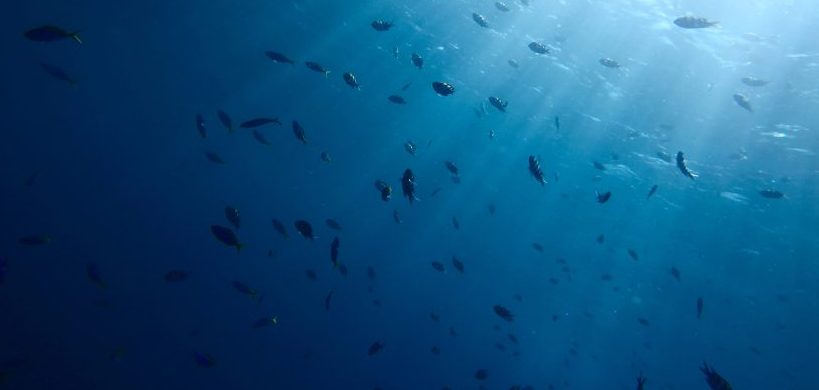Compliance and oversight are not two words that typically get people excited and move them to innovative action. Bureaucratic restrictions and red tape are often turnoffs for federal employees and the general public. However, govies are hard at work to change this perception and breath new life into regulatory compliance.
David Hindin, Senior Policy Director for Innovation and Next Generation Compliance at the Environmental Protection Agency’s Office of Enforcement and Compliance Assurance, sat down with Christopher Dorobek on the DorobekINSIDER to discuss compliance with federal environmental laws and how it’s changing.
Hindin has been a public employee for almost 30 years and is currently a finalist in the Science and Environment category for the Partnership for Public Service’s Service to America Medals, or the SAMMIES—an award for federal employees akin to the Oscars. He’s working hard to bring compliance to federal environmental laws that promote transparency in public health.
Hindin explained that he and his team “are trying to make compliance real time as opposed to very periodic infrequent monitoring.” As a result, problems are illuminated early enough to be fixed instead of lingering and becoming an issue down the road.
In order to make the shift to real time monitoring, reporting mechanisms are also moving towards electronic reporting. “Electronic reporting refers to taking the information and helping people understand what information they need to report to the government,” Hindin explained. For example, a survey on a website that specifically asks for all of the information the government needs to formulate a report. This kind of reporting replaces the human data collector with an electronic data collector, allowing for automated data collection and immediate access to data. Hindin continued that it is like taking the programs that guide you through paying your taxes and applying that to the environment.
One way that Hindin and his team are modernizing compliance and enforcement programs is through electronic reporting for wastewater. Facilities have to report pollutants into the rivers and lakes, and this data is collected electronically. Through the electronic reporting, the data enters the system, gets uploaded, and is shared with the public. The automated system safeguards against reporting blatantly wrong data and makes the oversight process transparent and accessible to the public.
This public accessibility component to enforcement and compliance is crucial, especially when getting citizens and communities involved. An example of community involvement in the oversight process is seen in a concept called Village Greens. The idea for the project came from a group of people coming together in the community green to talk about current issues. Through this idea, Hindin and his team created a pilot program that places specialized park benches around the country. The benches are solar powered and “when you sit on it, they gives you real time data on not only the weather, but particular matter on the ozone,” Hindin explained. Additionally, there is a coordinating app and a website where you can see real time pollution levels around the benches. The goal of the benches is to offer the public previously unavailable data on air quality and foster community involvement in air pollution awareness.
The Next Generation Compliance, the EPA initiative designed to innovate oversight, implements these programs. When the initiative was just getting off the ground, it was crucial that innovators across the larger agency were involved. “Getting early adopters on board is crucial because it is not about what you have done but rather what some of your more innovative peers and colleagues have done,” Hindin said.
Hindin also highlighted that sustained innovation requires involving yourself with career staff, not just political appointees. Political appointees offer visibility but the staff is crucial because they are inclined to understand your objectives and are able to reach your target audience.
However, despite the exhaustive efforts Hindin and his team have put into innovating oversight, people still wonder why we need the EPA in the first place. Hindin explained that the EPA “is here to protect your environment, your drinking water, and the air you breath and the Next Generation Compliance initiative is a program to protect our future.” Some results of this protection are clearly immediate, and some won’t be realized till much further down the line, but without career public servants like Hindin, these proposed protections would be much more difficult to turn into realities.
Want to meet other fabulous govies dedicated to making your life easier and safer? Check out the other SAMMIE finalists and check back in September to see if your favorite govies won.
